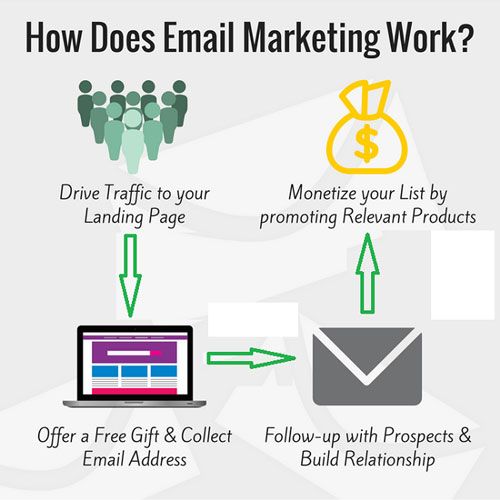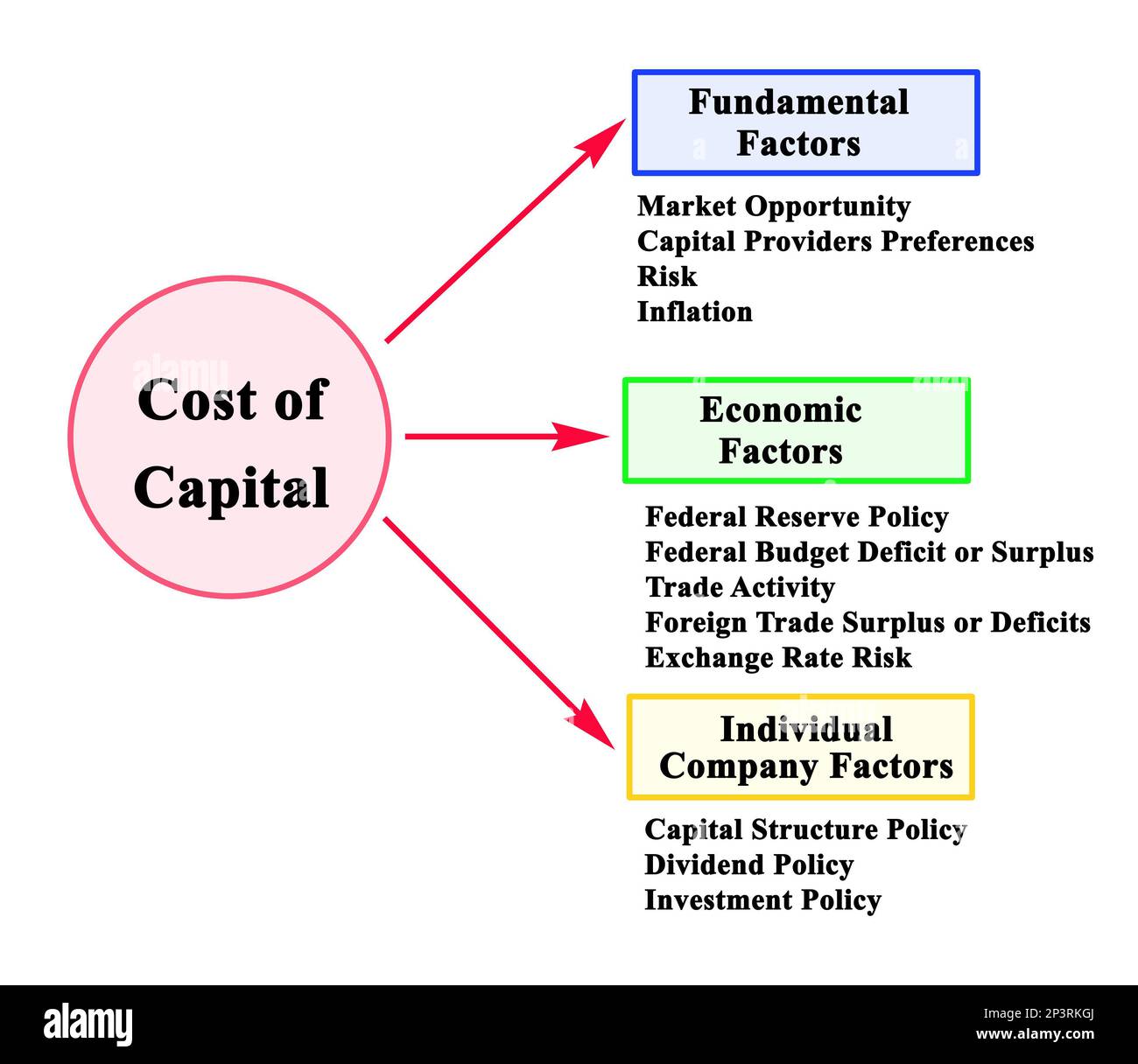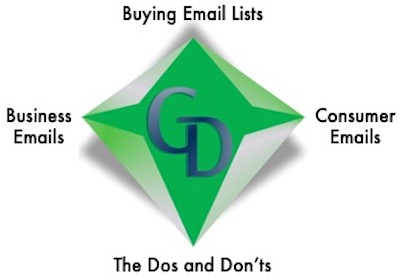Understanding the Importance of Email Lists in Marketing
Email lists have become a crucial component of modern marketing strategies, playing a vital role in lead generation, customer engagement, and conversion rate optimization. A high-quality email list can be a valuable asset for businesses, providing a direct line of communication with potential and existing customers. By leveraging email lists, companies can increase brand awareness, nurture leads, and drive sales.
In today’s digital landscape, email marketing has proven to be an effective way to reach target audiences and build meaningful relationships with customers. According to recent studies, email marketing campaigns can generate up to 4400% return on investment (ROI), making them a highly lucrative channel for businesses. However, to achieve such impressive results, it’s essential to have a well-crafted email list that is tailored to your marketing goals.
So, how much does it cost to buy email lists? The answer depends on various factors, including the quality of the list, the number of subscribers, and the source of the list. While buying email lists can be a convenient way to jumpstart your marketing efforts, it’s crucial to understand the costs involved and the potential risks associated with low-quality lists.
A high-quality email list is one that is comprised of engaged and targeted subscribers who have opted-in to receive communications from your company. Such lists can be built through various means, including opt-in forms, lead magnets, and content marketing. By focusing on building a high-quality list, businesses can increase the effectiveness of their email marketing campaigns and drive better ROI.
In the next section, we’ll delve into the factors that affect the cost of email lists, including quality, quantity, and source. We’ll also explore the pricing models used by email list providers and discuss the average costs of buying email lists.
Factors Affecting the Cost of Email Lists: Quality, Quantity, and Source
The cost of buying email lists can vary significantly depending on several factors, including the quality of the list, the number of subscribers, and the source of the list. Understanding these factors is crucial to determining how much it costs to buy email lists that meet your marketing needs.
Quality is a critical factor in determining the cost of email lists. A high-quality list with accurate and up-to-date contact information, relevant demographics, and engaged subscribers can be more expensive than a low-quality list with outdated or irrelevant information. The quality of the list can impact the effectiveness of your email marketing campaigns, with high-quality lists typically resulting in higher open rates, click-through rates, and conversion rates.
The quantity of subscribers on the list also affects the cost. Larger lists with more subscribers typically cost more than smaller lists. However, it’s essential to consider the relevance and engagement of the subscribers rather than just the quantity. A smaller list with highly engaged subscribers can be more valuable than a larger list with unresponsive subscribers.
The source of the list is another factor that influences the cost. Lists sourced from reputable providers, such as those that use opt-in methods and verify subscriber information, can be more expensive than lists sourced from less reputable providers. The source of the list can also impact the quality and effectiveness of the list, with lists from reputable providers typically resulting in better campaign performance.
When considering how much it costs to buy email lists, it’s essential to evaluate these factors and determine what matters most to your marketing goals. While cost is an important consideration, it’s not the only factor to consider. The quality, quantity, and source of the list can all impact the effectiveness of your email marketing campaigns and ultimately, your return on investment (ROI).
The Cost of Buying Email Lists: Pricing Models and Average Costs
When it comes to buying email lists, understanding the pricing models and average costs is crucial to making informed decisions about email list acquisition. The cost of buying email lists can vary significantly depending on the provider, the quality of the list, and the number of subscribers.
There are several pricing models used by email list providers, including pay-per-lead, pay-per-subscriber, and flat-rate models. Pay-per-lead models charge a fixed fee for each lead generated, while pay-per-subscriber models charge a fixed fee for each subscriber on the list. Flat-rate models charge a fixed fee for the entire list, regardless of the number of subscribers.
The average cost of buying email lists can range from $0.10 to $1.00 per subscriber, depending on the quality of the list and the provider. High-quality lists with accurate and up-to-date contact information, relevant demographics, and engaged subscribers can cost more than low-quality lists with outdated or irrelevant information.
For example, a list of 10,000 subscribers with high-quality contact information and relevant demographics may cost $500 to $1,000, while a list of 10,000 subscribers with low-quality contact information and irrelevant demographics may cost $100 to $500. The cost of buying email lists can also vary depending on the industry, with lists in highly competitive industries such as finance and technology typically costing more than lists in less competitive industries.
When considering how much it costs to buy email lists, it’s essential to evaluate the pricing models and average costs in the context of your marketing goals and budget. While cost is an important consideration, it’s not the only factor to consider. The quality of the list, the relevance of the subscribers, and the potential return on investment (ROI) should also be taken into account.
In addition to the upfront cost of buying email lists, it’s also important to consider the potential long-term costs and benefits. High-quality lists can provide a higher ROI over time, while low-quality lists may result in lower response rates and a lower ROI. By understanding the pricing models and average costs of buying email lists, businesses can make informed decisions about email list acquisition and maximize their marketing ROI.
How to Buy Email Lists: Tips for Choosing a Reputable Provider
When buying email lists, it’s essential to choose a reputable provider to ensure the quality and effectiveness of the list. Here are some tips to help businesses select a reliable email list provider:
Research and Evaluate Providers: Research potential email list providers and evaluate their reputation, experience, and expertise in the industry. Check for reviews, testimonials, and case studies to gauge their credibility and success rate.
Check the Quality of the List: Ensure that the provider offers high-quality email lists with accurate and up-to-date contact information, relevant demographics, and engaged subscribers. Ask about their data collection methods, list segmentation, and data validation processes.
Verify Compliance with Anti-Spam Laws: Ensure that the provider complies with anti-spam laws and regulations, such as the General Data Protection Regulation (GDPR) and the CAN-SPAM Act. Ask about their opt-in policies, data protection measures, and unsubscribe procedures.
Check the Provider’s Transparency: Choose a provider that is transparent about their data sources, collection methods, and list quality. Ensure that they provide clear and concise information about their lists, including the number of subscribers, demographics, and engagement rates.
Ask About Customization Options: Ensure that the provider offers customization options to tailor the list to your specific marketing needs. Ask about their ability to segment lists based on demographics, behavior, and preferences.
Check the Provider’s Customer Support: Choose a provider that offers excellent customer support, including responsive customer service, technical support, and account management. Ensure that they have a dedicated team to help with any questions or concerns.
Compare Pricing Models: Compare the pricing models of different providers to ensure that you’re getting the best value for your money. Consider the cost per subscriber, the number of subscribers, and the quality of the list.
By following these tips, businesses can choose a reputable email list provider that meets their marketing needs and budget. Remember to prioritize quality, compliance, and transparency when selecting a provider to ensure the effectiveness of your email marketing campaigns.
The Risks of Buying Low-Quality Email Lists: Spam Traps and Blacklisting
Buying low-quality email lists can pose significant risks to businesses, including the potential for spam traps, blacklisting, and damage to the sender’s reputation. Low-quality lists often contain invalid or fake email addresses, which can lead to a high bounce rate and damage to the sender’s IP reputation.
Spam traps are email addresses that are specifically designed to catch spammers and are often used by internet service providers (ISPs) to filter out unwanted emails. If a business sends emails to a spam trap, it can lead to blacklisting, which can prevent future emails from being delivered to the inbox.
Blacklisting can have serious consequences for businesses, including a loss of reputation and a decrease in email deliverability. It can also lead to a decrease in open rates, click-through rates, and conversion rates, ultimately affecting the bottom line.
In addition to spam traps and blacklisting, buying low-quality email lists can also lead to a high complaint rate. If subscribers report emails as spam, it can damage the sender’s reputation and lead to a decrease in email deliverability.
To avoid these risks, businesses should prioritize quality when buying email lists. This includes researching the provider, checking the list’s quality and accuracy, and ensuring compliance with anti-spam laws. It’s also essential to regularly clean and update the list to prevent spam traps and blacklisting.
Businesses can also take steps to protect themselves from spam traps and blacklisting by implementing best practices, such as using a double opt-in process, providing clear unsubscribe links, and honoring unsubscribe requests. By prioritizing quality and implementing best practices, businesses can minimize the risks associated with buying email lists and maximize the effectiveness of their email marketing campaigns.
When considering how much it costs to buy email lists, businesses should also consider the potential risks and costs associated with low-quality lists. While low-quality lists may be cheaper upfront, they can ultimately lead to a decrease in email deliverability, a loss of reputation, and a decrease in ROI.
Alternatives to Buying Email Lists: Building Your Own List from Scratch
While buying email lists can be a convenient way to acquire new subscribers, it’s not the only option. Building your own email list from scratch can be a more effective and sustainable way to grow your email marketing efforts. In this section, we’ll explore the benefits of building your own email list and provide tips on how to do it.
Benefits of Building Your Own Email List
Building your own email list from scratch has several benefits. For one, it allows you to target specific demographics and interests, ensuring that your list is highly relevant to your business. Additionally, building your own list gives you complete control over the quality and accuracy of the data, reducing the risk of spam traps and blacklisting.
Another benefit of building your own email list is that it allows you to establish a relationship with your subscribers from the start. By collecting email addresses through opt-in forms, lead magnets, and content marketing, you can build trust and credibility with your audience, leading to higher engagement rates and conversion rates.
How to Build Your Own Email List
So, how do you build your own email list from scratch? Here are some tips to get you started:
1. Create a lead magnet: Offer a free resource, such as an eBook or webinar, in exchange for email addresses. This will incentivize people to opt-in to your list.
2. Use opt-in forms: Add opt-in forms to your website, social media pages, and other online platforms. Make sure to clearly state what subscribers can expect from your emails.
3. Leverage content marketing: Create high-quality, relevant content that attracts and engages your target audience. Include a call-to-action (CTA) in your content to encourage email sign-ups.
4. Utilize social media: Promote your lead magnet and opt-in forms on social media to reach a wider audience.
5. Segment your list: Segment your list based on demographics, interests, and behaviors to ensure that your emails are highly relevant to each subscriber.
By building your own email list from scratch, you can create a highly targeted and engaged audience that is more likely to convert into customers. While it may take time and effort to build your list, the benefits of increased relevance, trust, and credibility make it well worth the investment.
Measuring the ROI of Email List Acquisition: Key Metrics and Benchmarks
Measuring the return on investment (ROI) of email list acquisition is crucial to evaluating the effectiveness of your email marketing campaigns. By tracking key metrics and benchmarks, you can determine whether your email list acquisition efforts are generating a positive ROI and make informed decisions about future investments.
Key Metrics for Measuring ROI
When measuring the ROI of email list acquisition, there are several key metrics to track. These include:
1. Open rates: The percentage of emails that are opened by subscribers. A high open rate indicates that your subject lines and email content are relevant and engaging.
2. Click-through rates (CTRs): The percentage of emails that are clicked on by subscribers. A high CTR indicates that your email content is relevant and engaging.
3. Conversion rates: The percentage of subscribers who complete a desired action, such as making a purchase or filling out a form. A high conversion rate indicates that your email content is effective at driving sales and revenue.
4. Return on investment (ROI): The revenue generated by your email marketing campaigns divided by the cost of acquiring the email list. A high ROI indicates that your email list acquisition efforts are generating a positive return on investment.
Benchmarks for Evaluating Effectiveness
When evaluating the effectiveness of your email list acquisition efforts, it’s essential to compare your metrics to industry benchmarks. Here are some benchmarks to consider:
1. Open rates: 15-25% (Source: Mailchimp)
2. Click-through rates (CTRs): 2-5% (Source: Hubspot)
3. Conversion rates: 1-3% (Source: MarketingSherpa)
4. Return on investment (ROI): 300-500% (Source: DMA)
By tracking these key metrics and comparing them to industry benchmarks, you can determine whether your email list acquisition efforts are generating a positive ROI and make informed decisions about future investments.
When considering how much it costs to buy email lists, it’s essential to factor in the potential ROI of your email marketing campaigns. By investing in high-quality email lists and tracking key metrics, you can maximize your ROI and achieve a positive return on investment.
Conclusion: Making Informed Decisions About Email List Acquisition
When it comes to email list acquisition, making informed decisions is crucial to achieving success in your email marketing campaigns. By understanding the factors that influence the cost of email lists, the risks associated with buying low-quality lists, and the benefits of building your own list from scratch, you can make informed decisions about email list acquisition.
Quality, compliance, and ROI are essential considerations when acquiring email lists. High-quality lists with accurate and up-to-date contact information, relevant demographics, and engaged subscribers can drive higher open rates, click-through rates, and conversion rates. Compliance with anti-spam laws and regulations is also critical to avoiding spam traps, blacklisting, and damage to your reputation.
When considering how much it costs to buy email lists, it’s essential to factor in the potential ROI of your email marketing campaigns. By investing in high-quality email lists and tracking key metrics, you can maximize your ROI and achieve a positive return on investment.
In conclusion, email list acquisition is a critical component of successful email marketing campaigns. By understanding the factors that influence the cost of email lists, the risks associated with buying low-quality lists, and the benefits of building your own list from scratch, you can make informed decisions about email list acquisition and achieve success in your email marketing efforts.
Remember, the key to successful email list acquisition is to prioritize quality, compliance, and ROI. By doing so, you can build a high-quality email list that drives real results for your business.







